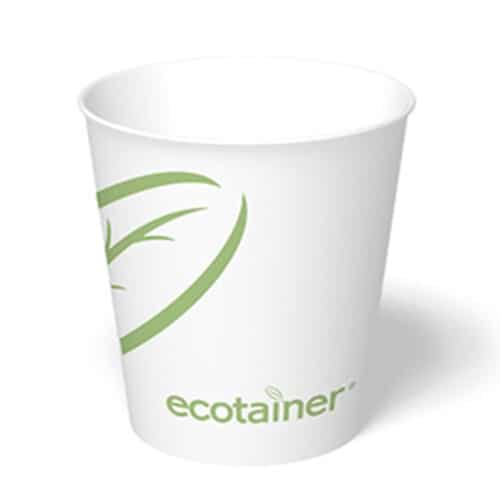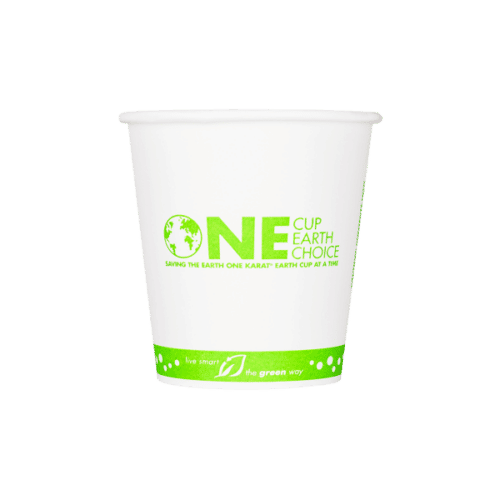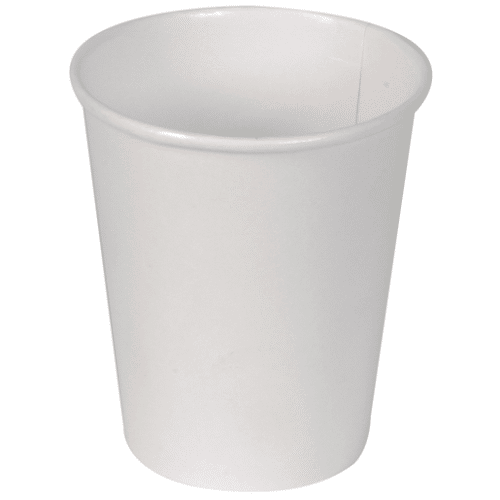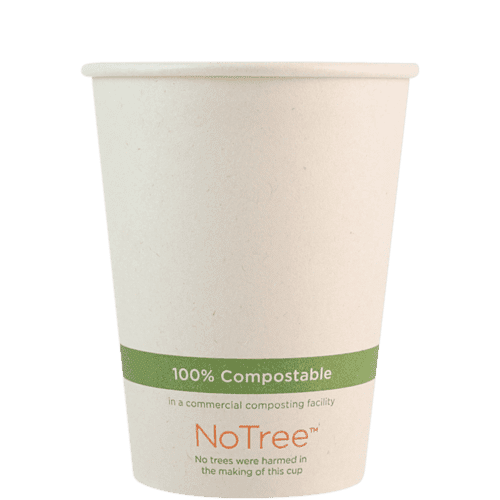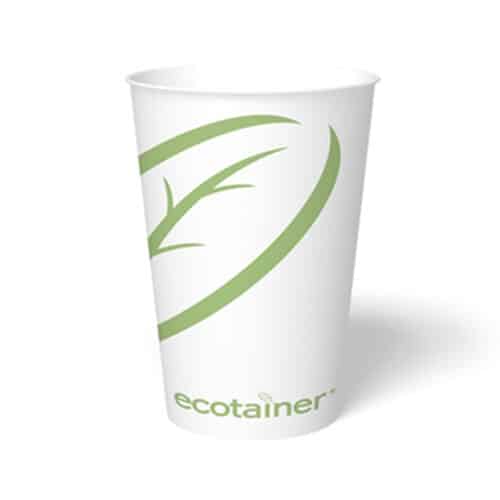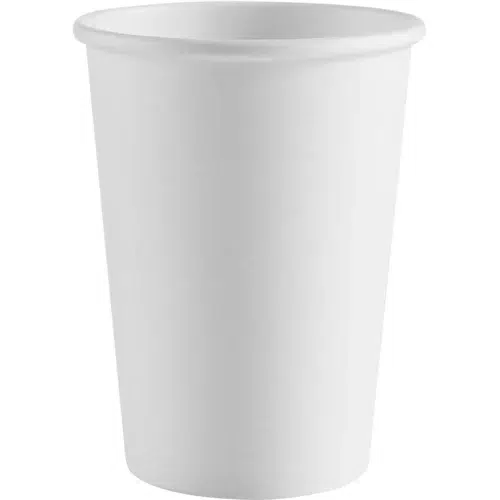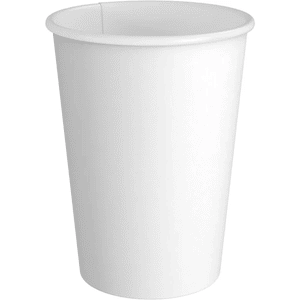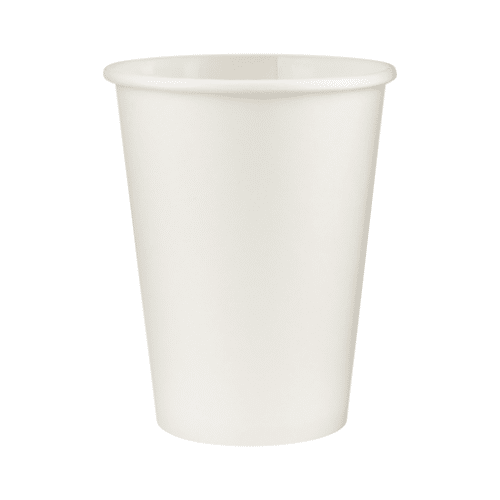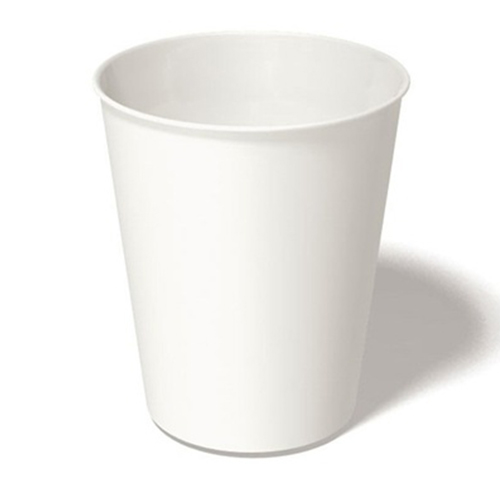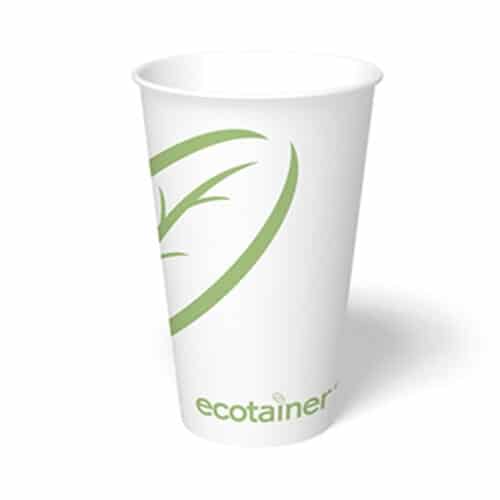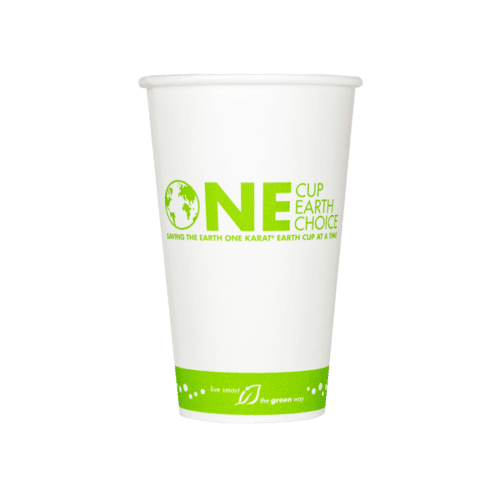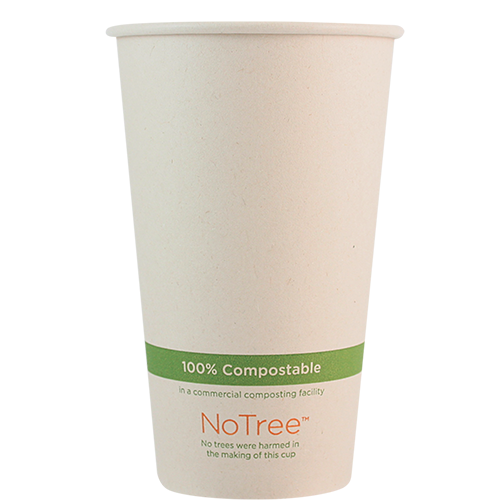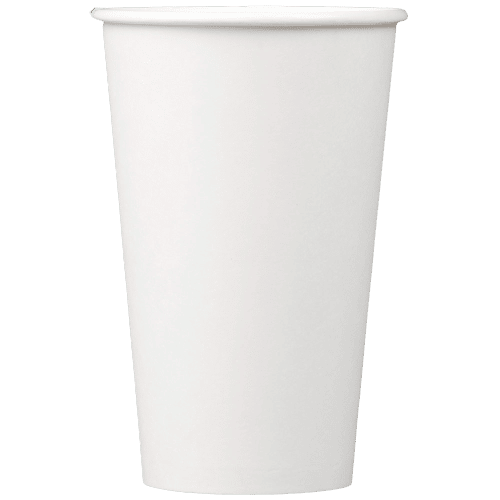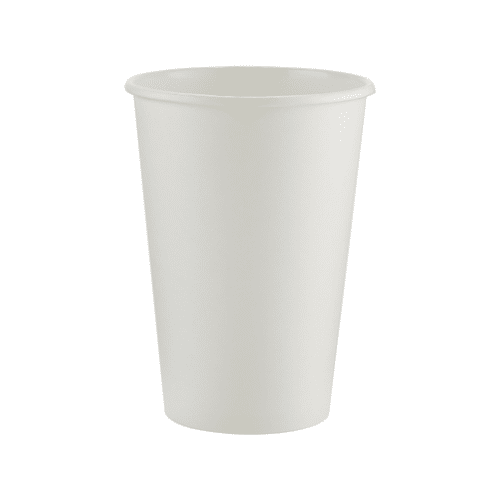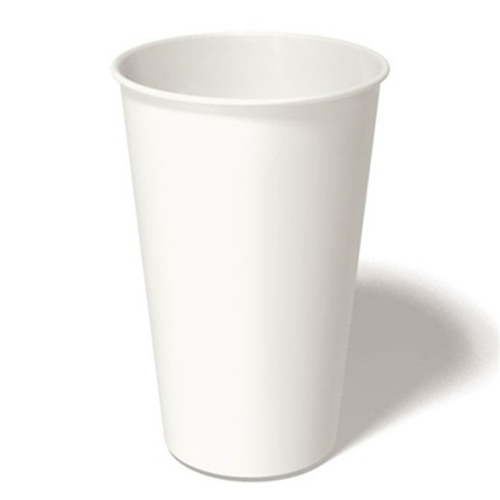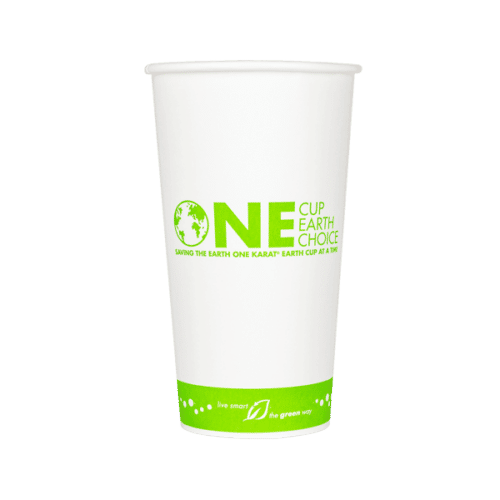Hot Cups and Lids
Warm up to sustainability with our eco-friendly Hot Cups and Lids for guilt-free hot beverages.
- 20 oz
- Bio-based Film
- Brown Kraft Paper
- Brown Kraft
- Clear
- CPET
- Fiber
- Metal
- Mineral-filled Polypropylene
- Mineral-filled Polypropylene
- Paper
- PET
- PHA
- PLA
- Plant Starch
- Plant Starch
- Plastic
- Polyethylene
- Polypropylene
- Polystyrene
- Vinyl
- White
- Wood
- CPLA
- # 1
- # 100
- # 2
- # 3
- # 300
- # 4
- # 5
- # 50
- # 8
- 0.75 oz
- 0.94 x 0.94 x 2.75
- 1 oz
- 1.5 oz
- 1 oz
- 10 in
- 10 oz
- 10.5 in
- 10.5x8.5
- 10 in
- 10 ml
- 10 oz
- 1000 ml
- 104 oz
- 10x10
- 10x5x13
- 10x7.5
- 10x7x12
- 10x7x20
- 11.5 oz
- 112 oz
- 11x5x3
- 12 in
- 12 oz
- 12 in
- 12 oz
- 120 oz
- 12x10.75
- 12x12
- 12x16
- 12x7x12
- 12x7x20
- 12x9.5
- 12x9x15
- 12x9x16
- 13 gal
- 13.5x6.5
- 13x13
- 13x16x16
- 13x7x13
- 13x7x17
- 14 in
- 14 oz
- 14x10x16
- 14x14
- 14x18
- 15x10.75
- 15x16
- 15x17
- 16 gal
- 16 oz
- 16 oz
- 160 oz
- 17 oz
- 18 oz
- 2 in
- 2 oz
- 2.5 gal
- 2 oz
- 20 gal
- 20 oz
- 20 oz
- 22 gal
- 22 oz
- 24
- 24 oz
- 24 oz
- 240 oz
- 26 oz
- 26 oz
- 27 oz
- 29 oz
- 3 gal
- 3 in
- 3 oz
- 3.25 oz
- 3.25 oz
- 30 gal
- 30 oz
- 30 ml
- 32 gal
- 32 oz
- 32 oz
- 33 gal
- 35 gal
- 36 oz
- 36 oz
- 38 oz
- 38 oz
- 39 gal
- 4 oz
- 4.5x4.5
- 4.75 in
- 4 oz
- 40 gal
- 40 oz
- 42 gal
- 44 gal
- 45 gal
- 45 oz
- 45 oz
- 48 gal
- 48 oz
- 5 oz
- 5.5 oz
- 5.5 in
- 5.75 in
- 50 oz
- 500 ml
- 55 gal
- 6 gal
- 6 in
- 6 oz
- 6.5x5
- 6 in
- 60 oz
- 64 gal
- 64 oz
- 65 gal
- 66 oz
- 66 oz
- 6x2
- 6x6
- 6x8
- 7 in
- 7 oz
- 7.75 in
- 7.75 in
- 7 in
- 750 ml
- 7x3
- 7x5
- 7x7
- 8 in
- 8 oz
- 8.3x7x3.2
- 8 oz
- 80 oz
- 8x10
- 8x10.75
- 8x5
- 8x6
- 8x8
- 9 in
- 9 oz
- 9 in
- 9 oz
- 95 oz
- 96 oz
- 96 oz
- 9x5
- 9x6
- 9x7
- 9x8
- 9x9
- Catering Size
- Large
- Medium
- Natural
- Small
- X-Large
- # 10
- # 15
- # 6
- 10.7 in
- 10x10.75
- 11.4x820
- 11.4x820
- 11x11x6
- 1200 ml
- 12x12x7
- 12x19
- 12x9x1
- 130 oz
- 13x15.6x9
- 13x17x15
- 14 x 10 x 15
- 15x4921
- 16 in
- 16x17
- 16x19
- 16x21x31
- 17.7 x 820
- 17.7x4921
- 17.7x820
- 18 in
- 18.5 oz
- 19 oz
- 21x12x3
- 21x12x4
- 23 oz
- 24x32
- 27 oz
- 28 oz
- 3.5x2x3.5
- 3.5x2x3.5/4.7
- 320 oz
- 35 oz
- 3x3x3
- 46 oz
- 4x4
- 5 in
- 5.5 in
- 54 oz
- 5x4x11
- 6.3 in
- 6.5 in
- 6.7 in
- 60 gal
- 68 oz
- 6x4
- 7 gal
- 7.5 oz
- 7.5x5.78
- 7.75x3.25
- 8 gal
- 8.3 x 7 x 3.2
- 8x4.5x10.25
- 8x4x10
- 9.8x8.3
- 9x6.5
- 9x7x5
- 9x9x11
- Custom
- # 1
- # 3
- # 4
- # 8
- 0.75 x 0.75 x 3.38
- 1.25 x 1.25 x 3.5
- 10 ml
- 12 oz
- 16 oz
- 4 oz
- Large
- Medium
- Small
- Black
- Black and Clear
- Black and Clear
- Brown Kraft
- Brown Kraft
- Clear
- Green
- Grey
- Medium
- Natural
- Navy
- Red
- White
- Yellow
- Blue
- Custom
- Metallic
- 1-Compartment
- 1-PLY
- 2-Compartment
- 2-PLY
- 3-Compartment
- 5-Compartment
- Accessories
- Adjustable
- Appetizer
- Base
- Catering
- Combo
- Compost
- Cups
- Delivery
- Dinner
- Espresso
- Fiber
- Food
- Food Delivery
- Free
- FSC Paper
- Landfill
- Lids
- No Straw Hole
- Oval
- Parfait Insert
- Party/Event
- PFAS
- PLA Lined
- Rectangle
- Recycling
- Round
- Sleeve
- Square
- Straw Hole
- Striped
- Unwrapped
- Wrapped
- X-Large
- Custom Printed
- Deli
- Fork
- Knife
- Leftovers
- PFAS Free
- Spoon
Showing 1–20 of 44 results
Frequently Asked Questions
Hot Cups and Lids
- What is the liner on the inside of the cup made out of?
Hot cups have a protective liner on the inside in order to keep the cup from leaking. It also keeps the paper on the outside from getting soggy. Compostable hot cups use a bio-polymer liner, most likely PLA or PBAT. Recyclable cups use a PET liner.
- Category Summary
Welcome to our Paper Hot Cups and Lids product category!
Paper hot cups and lids are a convenient and cost-effective solution for serving hot beverages in a variety of settings, including coffee shops, cafes, catering events, and more. These products are designed to hold hot beverages, such as coffee, tea, and hot chocolate, and are made from paper, a renewable resource that can be recycled or composted after use.
The history of the paper hot cup can be traced back to the early 20th century, when disposable cups were first introduced as a hygienic alternative to reusable cups. Prior to this, people would often share cups or use a communal cup in public places, leading to the spread of germs and disease. The invention of the disposable cup revolutionized the way that hot beverages were served, making it possible to serve individual cups of hot drinks without the risk of cross-contamination.
Today, paper hot cups and lids are a popular choice for food service professionals around the world. They are convenient and hygienic, eliminating the need for washing and sanitizing cups after each use. They are also cost-effective, as they are generally less expensive than other materials.
One of the key benefits of paper hot cups and lids is their insulation. These products are designed to keep hot beverages at the right temperature, making them a good choice for serving hot drinks. They are also designed to prevent spills and leaks, thanks to their secure closure and leak-proof design.
In addition to their practical benefits, paper hot cups and lids are also attractive and appealing to customers. They are available in a range of sizes, styles, and designs, making it easy to find the perfect cup for any occasion.
- Are the hot cups and lids recyclable?
All of our hot cups and lids are eco-friendly. Some are made from recyclable materials while some of our disposable hot cups and lids are compostable. Read each product description to discover if you are purchasing a recyclable material or a compostable material. You can also read our knowledge base for more info on our sustainable materials.
- Are the hot cups and lids compostable?
Most of our hot cups and lids are made from compostable materials. Our hot coffee cups with lids that are not listed as compostable are made from eco-friendly recyclable materials instead. Read each product and material description to know if you are purchasing a compostable hot cup and lid combo or a recyclable one. You can also visit our knowledge base for more material information breakdowns.
- How can I tell if the cups and/or lids are eco-friendly?
All of our hot cups and lids are eco-friendly. Check each product description to discover if you are purchasing a compostable material or a recyclable material. Check out our “At a Glance” section or “Key Features” for more information on the product pages.
- What are the hot cups and lids made out of?
Hot cups are made from various types of paper. In some cases, cups are made from regular tree paper. This is the most common type of paper cup and they are certified FSC safe. Some cups are made from Tree-Free paper. This means they are made from a different raw material that is more renewable, like bamboo paper or sugarcane paper. This information will be listed on the product pages.
- Are hot cups and lids safe to use for hot beverages?
Yes, all of our hot cups and lids are safe to be used for hot beverages. We use only food-grade materials and do thorough material testing to ensure they can withstand hot beverages with a secure lid fit. As an Eco-pliant member , request free samples to ensure our products will meet your beverage needs.
- Can paper hot cups and lids be used in the microwave?
It depends on the manufacturer’s guidelines. Some paper hot cups and lids may be safe to use in the microwave, but it is best to check with the manufacturer to be sure. We recommend not putting the lid in the microwave, because if it’s a compostable lid it may deform, depending how long it’s in there.
- Do cups come with coffee sleeves or some other protective sleeve?
Cups do not come with coffee sleeves but you can purchase them separately. The matching coffee sleeves can be found in the Related Products section at the bottom of the product page.
- 16 oz
- 20 oz
- Bio-based Film
- Brown Kraft Paper
- Brown Kraft
- Clear
- CPET
- Fiber
- Metal
- Mineral-filled Polypropylene
- Mineral-filled Polypropylene
- Paper
- PET
- PHA
- PLA
- Plant Starch
- Plant Starch
- Plastic
- Polyethylene
- Polypropylene
- Polystyrene
- Vinyl
- White
- Wood
- CPLA
- # 1
- # 100
- # 2
- # 3
- # 300
- # 4
- # 5
- # 50
- # 8
- 0.75 oz
- 0.94 x 0.94 x 2.75
- 1 oz
- 1.5 oz
- 1 oz
- 10 in
- 10 oz
- 10.5 in
- 10.5x8.5
- 10 in
- 10 ml
- 10 oz
- 1000 ml
- 104 oz
- 10x10
- 10x5x13
- 10x7.5
- 10x7x12
- 10x7x20
- 11.5 oz
- 112 oz
- 11x5x3
- 12 in
- 12 oz
- 12 in
- 12 oz
- 120 oz
- 12x10.75
- 12x12
- 12x16
- 12x7x12
- 12x7x20
- 12x9.5
- 12x9x15
- 12x9x16
- 13 gal
- 13.5x6.5
- 13x13
- 13x16x16
- 13x7x13
- 13x7x17
- 14 in
- 14 oz
- 14x10x16
- 14x14
- 14x18
- 15x10.75
- 15x16
- 15x17
- 16 gal
- 16 oz
- 16 oz
- 160 oz
- 17 oz
- 18 oz
- 2 in
- 2 oz
- 2.5 gal
- 2 oz
- 20 gal
- 20 oz
- 20 oz
- 22 gal
- 22 oz
- 24
- 24 oz
- 24 oz
- 240 oz
- 26 oz
- 26 oz
- 27 oz
- 29 oz
- 3 gal
- 3 in
- 3 oz
- 3.25 oz
- 3.25 oz
- 30 gal
- 30 oz
- 30 ml
- 32 gal
- 32 oz
- 32 oz
- 33 gal
- 35 gal
- 36 oz
- 36 oz
- 38 oz
- 38 oz
- 39 gal
- 4 oz
- 4.5x4.5
- 4.75 in
- 4 oz
- 40 gal
- 40 oz
- 42 gal
- 44 gal
- 45 gal
- 45 oz
- 45 oz
- 48 gal
- 48 oz
- 5 oz
- 5.5 oz
- 5.5 in
- 5.75 in
- 50 oz
- 500 ml
- 55 gal
- 6 gal
- 6 in
- 6 oz
- 6.5x5
- 6 in
- 60 oz
- 64 gal
- 64 oz
- 65 gal
- 66 oz
- 66 oz
- 6x2
- 6x6
- 6x8
- 7 in
- 7 oz
- 7.75 in
- 7.75 in
- 7 in
- 750 ml
- 7x3
- 7x5
- 7x7
- 8 in
- 8 oz
- 8.3x7x3.2
- 8 oz
- 80 oz
- 8x10
- 8x10.75
- 8x5
- 8x6
- 8x8
- 9 in
- 9 oz
- 9 in
- 9 oz
- 95 oz
- 96 oz
- 96 oz
- 9x5
- 9x6
- 9x7
- 9x8
- 9x9
- Catering Size
- Large
- Medium
- Natural
- Small
- X-Large
- # 10
- # 15
- # 6
- 10.7 in
- 10x10.75
- 11.4x820
- 11.4x820
- 11x11x6
- 1200 ml
- 12x12x7
- 12x19
- 12x9x1
- 130 oz
- 13x15.6x9
- 13x17x15
- 14 x 10 x 15
- 15x4921
- 16 in
- 16x17
- 16x19
- 16x21x31
- 17.7 x 820
- 17.7x4921
- 17.7x820
- 18 in
- 18.5 oz
- 19 oz
- 21x12x3
- 21x12x4
- 23 oz
- 24x32
- 27 oz
- 28 oz
- 3.5x2x3.5
- 3.5x2x3.5/4.7
- 320 oz
- 35 oz
- 3x3x3
- 46 oz
- 4x4
- 5 in
- 5.5 in
- 54 oz
- 5x4x11
- 6.3 in
- 6.5 in
- 6.7 in
- 60 gal
- 68 oz
- 6x4
- 7 gal
- 7.5 oz
- 7.5x5.78
- 7.75x3.25
- 8 gal
- 8.3 x 7 x 3.2
- 8x4.5x10.25
- 8x4x10
- 9.8x8.3
- 9x6.5
- 9x7x5
- 9x9x11
- Custom
- # 1
- # 3
- # 4
- # 8
- 0.75 x 0.75 x 3.38
- 1.25 x 1.25 x 3.5
- 10 ml
- 12 oz
- 16 oz
- 4 oz
- Large
- Medium
- Small
- Black
- Black and Clear
- Black and Clear
- Brown Kraft
- Brown Kraft
- Clear
- Green
- Grey
- Medium
- Natural
- Navy
- Red
- White
- Yellow
- Blue
- Custom
- Metallic
- 1-Compartment
- 1-PLY
- 2-Compartment
- 2-PLY
- 3-Compartment
- 5-Compartment
- Accessories
- Adjustable
- Appetizer
- Base
- Catering
- Combo
- Compost
- Cups
- Delivery
- Dinner
- Espresso
- Fiber
- Food
- Food Delivery
- Free
- FSC Paper
- Landfill
- Lids
- No Straw Hole
- Oval
- Parfait Insert
- Party/Event
- PFAS
- PLA Lined
- Rectangle
- Recycling
- Round
- Sleeve
- Square
- Straw Hole
- Striped
- Unwrapped
- Wrapped
- X-Large
- Custom Printed
- Deli
- Fork
- Knife
- Leftovers
- PFAS Free
- Spoon
Showing 1–20 of 44 results
Frequently Asked Questions
Hot Cups and Lids
- What is the liner on the inside of the cup made out of?
Hot cups have a protective liner on the inside in order to keep the cup from leaking. It also keeps the paper on the outside from getting soggy. Compostable hot cups use a bio-polymer liner, most likely PLA or PBAT. Recyclable cups use a PET liner.
- Category Summary
Welcome to our Paper Hot Cups and Lids product category!
Paper hot cups and lids are a convenient and cost-effective solution for serving hot beverages in a variety of settings, including coffee shops, cafes, catering events, and more. These products are designed to hold hot beverages, such as coffee, tea, and hot chocolate, and are made from paper, a renewable resource that can be recycled or composted after use.
The history of the paper hot cup can be traced back to the early 20th century, when disposable cups were first introduced as a hygienic alternative to reusable cups. Prior to this, people would often share cups or use a communal cup in public places, leading to the spread of germs and disease. The invention of the disposable cup revolutionized the way that hot beverages were served, making it possible to serve individual cups of hot drinks without the risk of cross-contamination.
Today, paper hot cups and lids are a popular choice for food service professionals around the world. They are convenient and hygienic, eliminating the need for washing and sanitizing cups after each use. They are also cost-effective, as they are generally less expensive than other materials.
One of the key benefits of paper hot cups and lids is their insulation. These products are designed to keep hot beverages at the right temperature, making them a good choice for serving hot drinks. They are also designed to prevent spills and leaks, thanks to their secure closure and leak-proof design.
In addition to their practical benefits, paper hot cups and lids are also attractive and appealing to customers. They are available in a range of sizes, styles, and designs, making it easy to find the perfect cup for any occasion.
- Are the hot cups and lids recyclable?
All of our hot cups and lids are eco-friendly. Some are made from recyclable materials while some of our disposable hot cups and lids are compostable. Read each product description to discover if you are purchasing a recyclable material or a compostable material. You can also read our knowledge base for more info on our sustainable materials.
- Are the hot cups and lids compostable?
Most of our hot cups and lids are made from compostable materials. Our hot coffee cups with lids that are not listed as compostable are made from eco-friendly recyclable materials instead. Read each product and material description to know if you are purchasing a compostable hot cup and lid combo or a recyclable one. You can also visit our knowledge base for more material information breakdowns.
- How can I tell if the cups and/or lids are eco-friendly?
All of our hot cups and lids are eco-friendly. Check each product description to discover if you are purchasing a compostable material or a recyclable material. Check out our “At a Glance” section or “Key Features” for more information on the product pages.
- What are the hot cups and lids made out of?
Hot cups are made from various types of paper. In some cases, cups are made from regular tree paper. This is the most common type of paper cup and they are certified FSC safe. Some cups are made from Tree-Free paper. This means they are made from a different raw material that is more renewable, like bamboo paper or sugarcane paper. This information will be listed on the product pages.
- Are hot cups and lids safe to use for hot beverages?
Yes, all of our hot cups and lids are safe to be used for hot beverages. We use only food-grade materials and do thorough material testing to ensure they can withstand hot beverages with a secure lid fit. As an Eco-pliant member , request free samples to ensure our products will meet your beverage needs.
- Can paper hot cups and lids be used in the microwave?
It depends on the manufacturer’s guidelines. Some paper hot cups and lids may be safe to use in the microwave, but it is best to check with the manufacturer to be sure. We recommend not putting the lid in the microwave, because if it’s a compostable lid it may deform, depending how long it’s in there.
- Do cups come with coffee sleeves or some other protective sleeve?
Cups do not come with coffee sleeves but you can purchase them separately. The matching coffee sleeves can be found in the Related Products section at the bottom of the product page.

